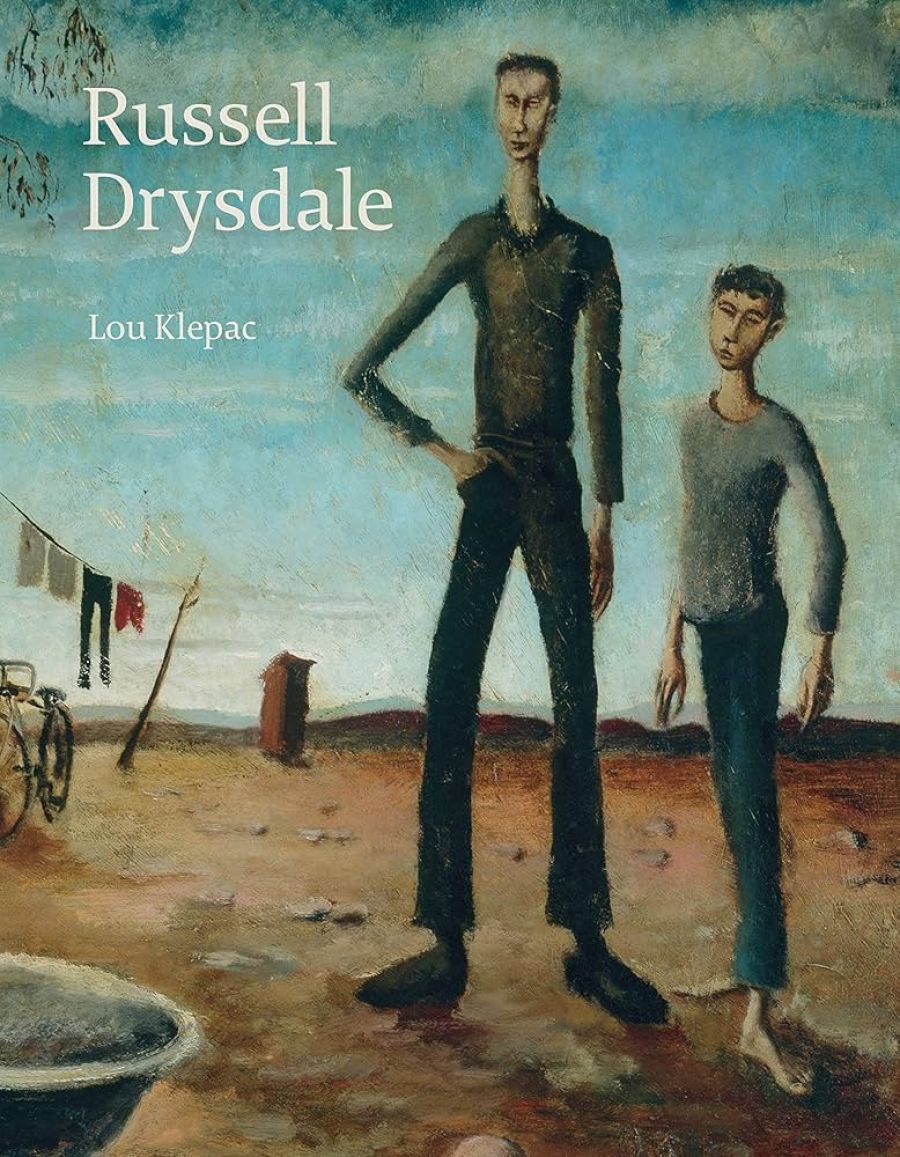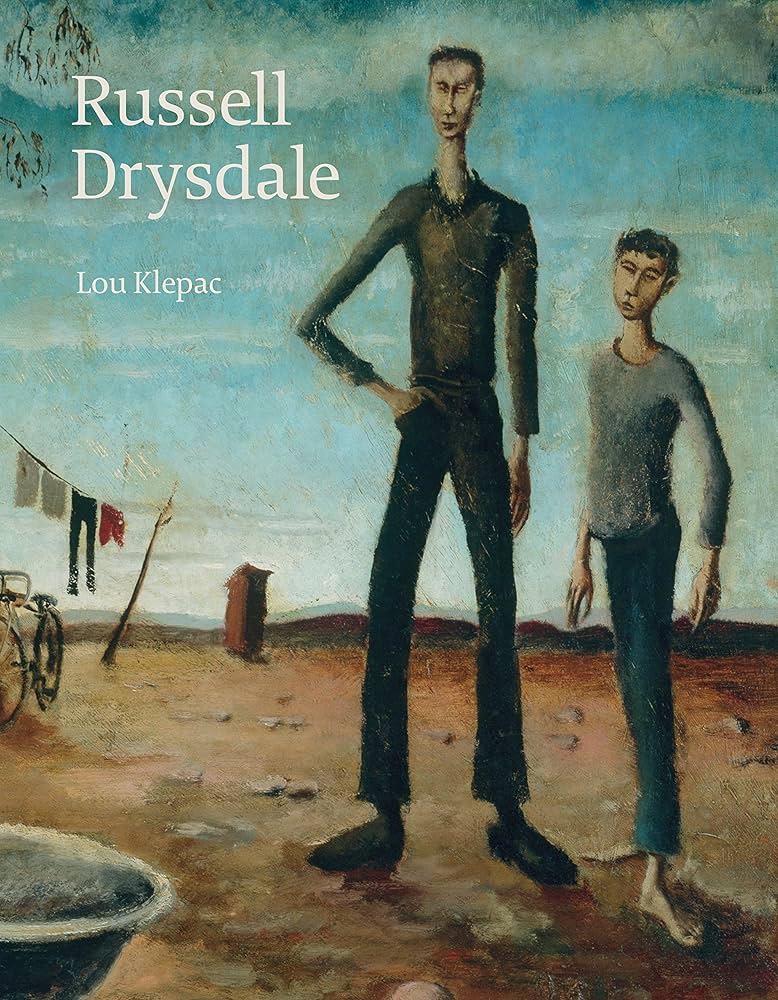
- Free Article: No
- Contents Category: Art
- Review Article: Yes
- Article Title: Painter of the outback
- Online Only: No
- Custom Highlight Text:
It is an irony that one of the most European of our painters is regarded, in the popular mind, as being the most characteristically Australian. Drysdale, perhaps more so than any other modern Australian painter, depended on European models: his paintings locate themselves not in the outback but in the European modern tradition – beginning with Cézanne and extending through Picasso, Braque, Modigliani, de Chirico and Tanguy to Henry Moore and Graham Sutherland.
- Book 1 Title: The Life and Work of Russell Drysdale
- Book 1 Biblio: Bay Books, 383 pp., $69.95 0 85835 685 6
- Book 1 Cover Small (400 x 600):

- Book 1 Cover (800 x 1200):

In the three major areas of pictorial construction – figure, light and space – Drysdale owed his distinctiveness to European precedents. From Moore and Sutherland he drew the idea of landscape as form rather than scenery – Moore-ish figures people landscapes lit not so much by the sun as by Graham Sutherland.
But most striking is his debt to the Surrealist artists Yves Tanguy and Giorgio de Chirico – the deep, echoing distances, the ground receding rapidly from the bottom edge to a low horizon with stark figures set against an immense sky, the dramatic use of shadows – all combined to produce a radical concept of space in Australian landscape painting.
These pictorial resources shaped Drysdale’s best and most distinctive work – The Drover’s Wife, The Rabitters, The Cricketers, Woman in a Landscape, West Wyalong. When, in the fifties, he moved away from the European models and allowed the imagery of the outback to take over, his work declined – tending to revolve around a stock group of characters treated in a style that became mannered and formulaic.
Lou Klepac’s account of Drysdale’s artistic development such anomalies and distinctions are not always clearly drawn. There is a tendency to hagiography and a consequent lack of rigorous evaluation.
Of the vision which informed Drysdale’s outback paintings of the ‘40s Klepac states that it “varied, ranging from melodrama and rhetoric to the unforgettable paintings of 1947-48". Disappointingly, Klepac does not proceed to examine this judgement. Moreover, later undistinguished work is given almost equal weight to that of the earlier, more successful period, although such magical paintings as The Cricketers and The Rabitters are evocatively described. But although Klepac often gives us a sensitive and sympathetic account of the artist and his work, it is basically a descriptive rather than an analytical appraisal.
However, despite this limitation, this handsomely produced, well documented and generously illustrated book builds on the earlier monographs of Joseph Burke (1951) and Geoffrey Dutton (1964) to extend our knowledge of one of Australia’s finest interpreters of the European artistic tradition.
The pity is, as Klepac notes, that so much of Drysdale’s best work has rarely, if ever, been seen by the Australian public, immured as it is in private collections. Partly as a result of this, Drysdale’s achievement has not received the recognition it deserves. Klepac’s volume goes some way towards remedying this situation.


Comments powered by CComment